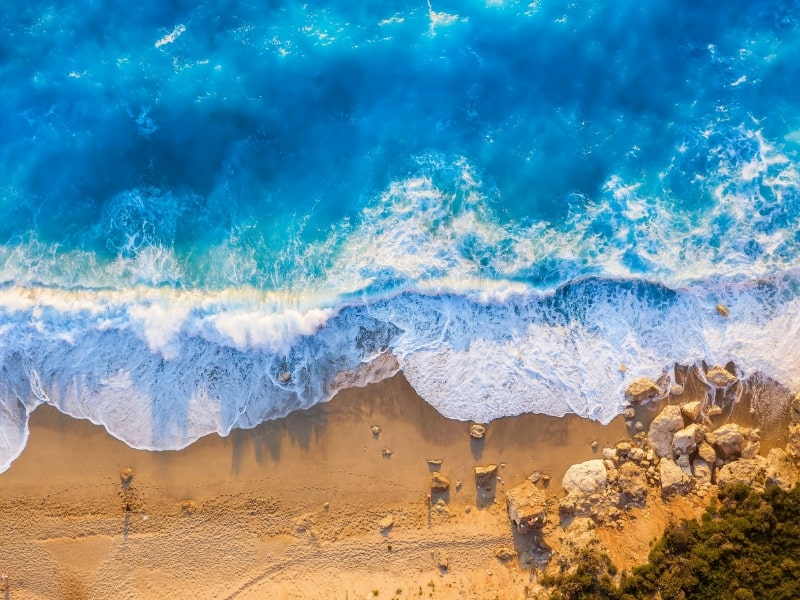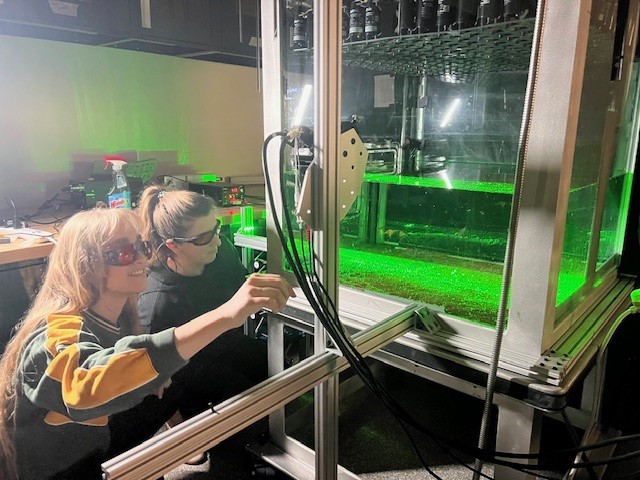
The crash of waves on the beach to many is the picture of peace and relaxation, but it’s also an important moment in the surrounding landscape. Known as the swash zone, where waves run up the face of the beach, this area is where crucial sand movement occurs, shaping the world’s coastlines over time and impacting flooding and other weather events.
To better understand how sand moves in the swash zone, a trio of research teams, including Texas Engineer Blair Johnson, are part of a new project through the U.S. Coastal Research Program via the U.S. Army Corps of Engineers. The researchers aim to address critical gaps in computer models that forecast coastal change and flooding.
"If there is significant wave action due to an approaching storm, will there be large sections of the beach that are washed out, or pushed farther on shore?" said Johnson, assistant professor in the Cockrell School of Engineering's Fariborz Maseeh Department of Civil, Architectural and Environmental Engineering. "The zone is critical for understanding how coastlines change over time, and there is still a lot we don't know about.

The research: The collaborative study, slated for the summer of 2025, will be conducted at the Army Corps of Engineers’ Engineering Research and Development Center Coastal and Hydraulics Laboratory in Vicksburg, Miss. The lab's wave flume, measuring 10 feet wide and 200 feet long, offers an ideal setting for controlled experiments that can quantify the physics of sand movement in the swash zone.
Johnson and graduate student Alexandra Stephens are focusing on measuring and understanding the role of turbulence: how much turbulence is generated by breaking waves, how it affects the stability of the sediment bed and how it impacts the structure of the beach. It is challenging to measure turbulence in breaking waves because of the chaotic and abrupt changes in the velocity, presence of bubbles, suspended sediment, and other factors. Johnson will develop tools to measure the wave-generated turbulence to ultimately predict sediment dynamics and mobility in response to wave activity.
Why it matters: The swash zone study anticipates outcomes that will contribute to improved predictions of coastal ecosystem health and stability along with beachfront property management. In four to five years, the research could revolutionize existing models, providing more accurate data that can aid communities in adapting to and mitigating the impacts of coastal changes.
"Our research will offer a better understanding of how small sand movements scale up over time, enabling communities to make informed decisions. By studying the swash zone, where over 50% of nearshore sand movement can occur, we contribute valuable data to the field of coastal science,” said Ryan Mieras, an assistant professor of Coastal Engineering at the University of North Carolina Wilmington and the lead researcher on the project.







